We had a chat with three AI artists, discussing the exciting and controversial world of AI art.
This interview was conducted using AI tools to highlight the growing role of artificial intelligence in the art world. Three AI artists, Petteri T, Olia Svetlana and Matthieu Grambert discuss their creative process, the controversies surrounding AI-generated art, and the future of this emerging field. Through this conversation, we hope to explore the ways in which AI is reshaping the boundaries of human expression and creativity.
Petteri T, Olia Svetlana and Matthieu Grambert have used machine learning algorithms to create artwork that is both visually stunning and thought-provoking. However, as AI-generated art becomes more prevalent, it has also become increasingly controversial.

by Petteri T generated with Midjourney
PORNCEPTUAL: How do you define the role of AI in your artwork?
Petteri T: I used to do photography in the past, but at the moment, I only work exclusively with AI tools. I have recently been using text-to-image (Midjourney) tools with mostly “visual prompting” instead of trying to describe desired scenes with text prompts. My workflow roughly can be described as visual “musique concrete”-like with reliance of mixing my own Pinterest board.
Matthieu Grambert: I use AI to explore ideas I have at the moment, depending of my feelings, of new AIs being released, of where I get my inspiration from. This is what I like with AI, everything you have as ideas in your imagination can be created or help you to develop something else.
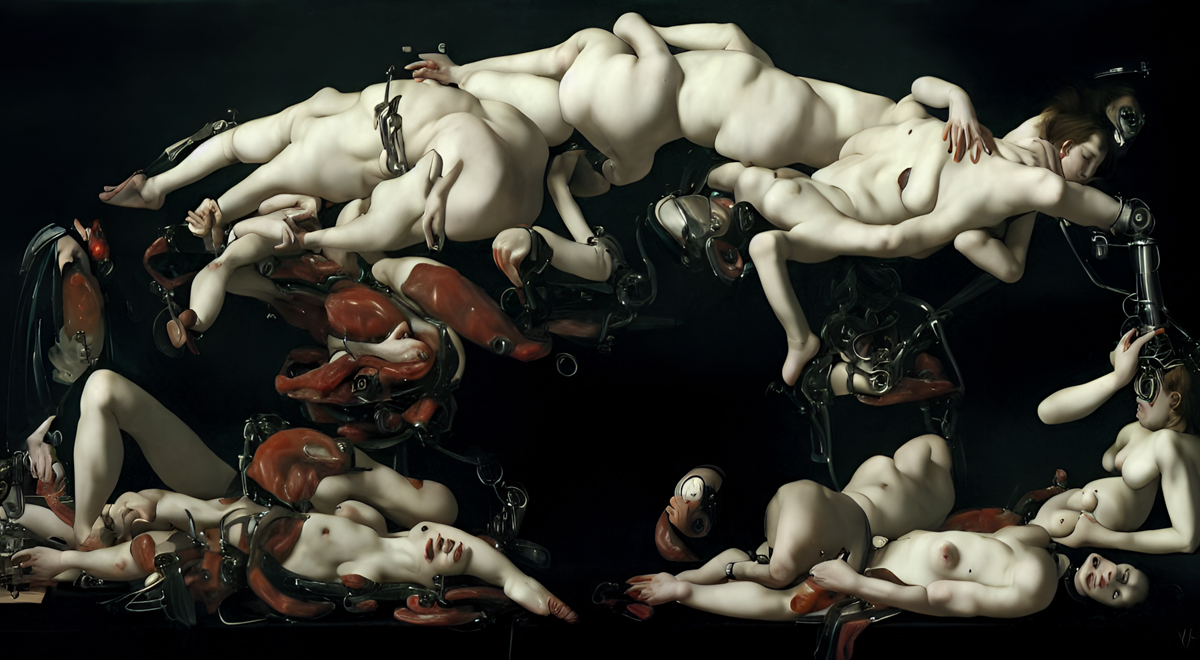
P: Some people argue that AI-generated artwork lacks creativity because it’s based on algorithms and pre-existing data. What’s your response to that?
Olia Svetlana: I find it to be a very weak criticism. Artificial intelligences are not conscious and therefore cannot be creative by definition. It is probably more interesting to ask whether, in the current state, technology as it has been developed so far imposes strong limits on human creativity. That is, whether the final result is strongly conditioned by the limitations of the machine (and the limitations of those who created the machine for a particular purpose) and whether human intervention, even in relation to new possibilities offered, can bend the programming to the point of obtaining non-conforming or unexpected results in order to produce new aesthetics. Above all, one should ask whether the cultural environment in which we live is capable of receiving these possible results and then exerting pressure on those who materially develop the tools. At the moment, the direction seems to be that of producing AI capable of returning highly standardized outputs required by the cultural industry. I believe that at least in part, this is a problem related to the lack of a strong response from the cultural world, probably due to the inability to relate to technological innovation except insofar as it accepts its inevitable advent by glorifying its infinite possibilities or prophesying catastrophes depending on one’s beliefs. This approach is leaving ample room for those who are aware of having an active part in the production and use that will be made of AI.
Matthieu Grambert: I think it’s partly true that AI currently has a significant role in creation, but everything is more about concepts and ideas now. Plus, we’ve only recently gained more control over it. In the past, I’ve had ideas change completely, sometimes for the better. As AI becomes more controllable, it will reveal who has interesting ideas and who relies solely on it. Regarding everything I’ve seen, even with AI you can see who is truly creative and who is just throwing at us random things everyone could have done.
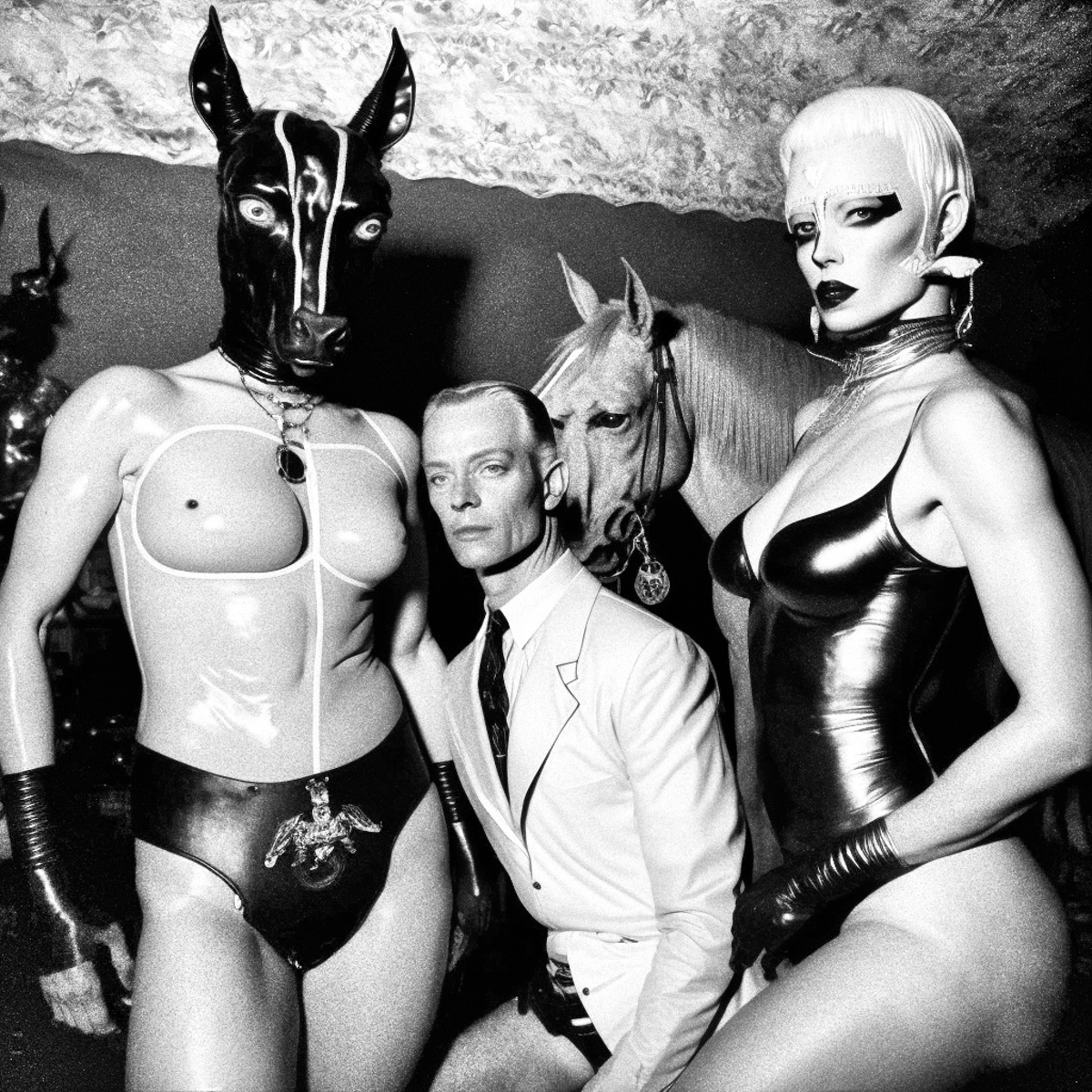
P: What’s your creative process when working with AI? Do you control the algorithm or let it generate artwork on its own?
Matthieu Grambert: For images I start by mixing images to give me inspiration, or I start with an idea, precise or vague, and I keep doing new images until I find something interesting. For videos I often just go exploring free copyrighted contents and try to see if I have any poetic / storytelling ideas that could be made out of it by morphing it into something new. I can also just go creating something new from scratch but it’s very limited for now (text-to-video is still yet to come), so depending on what you want to do you have to know which AI you can use. And for now you still have to rely on AI a lot, which is frustrating because I am a control freak and I had to give up on many things I couldn’t make -yet-. Funny thing though, every time this happened to me for videos, I was then able to do it 2 weeks later thanks to the unprecedented fast evolution of the technologies.
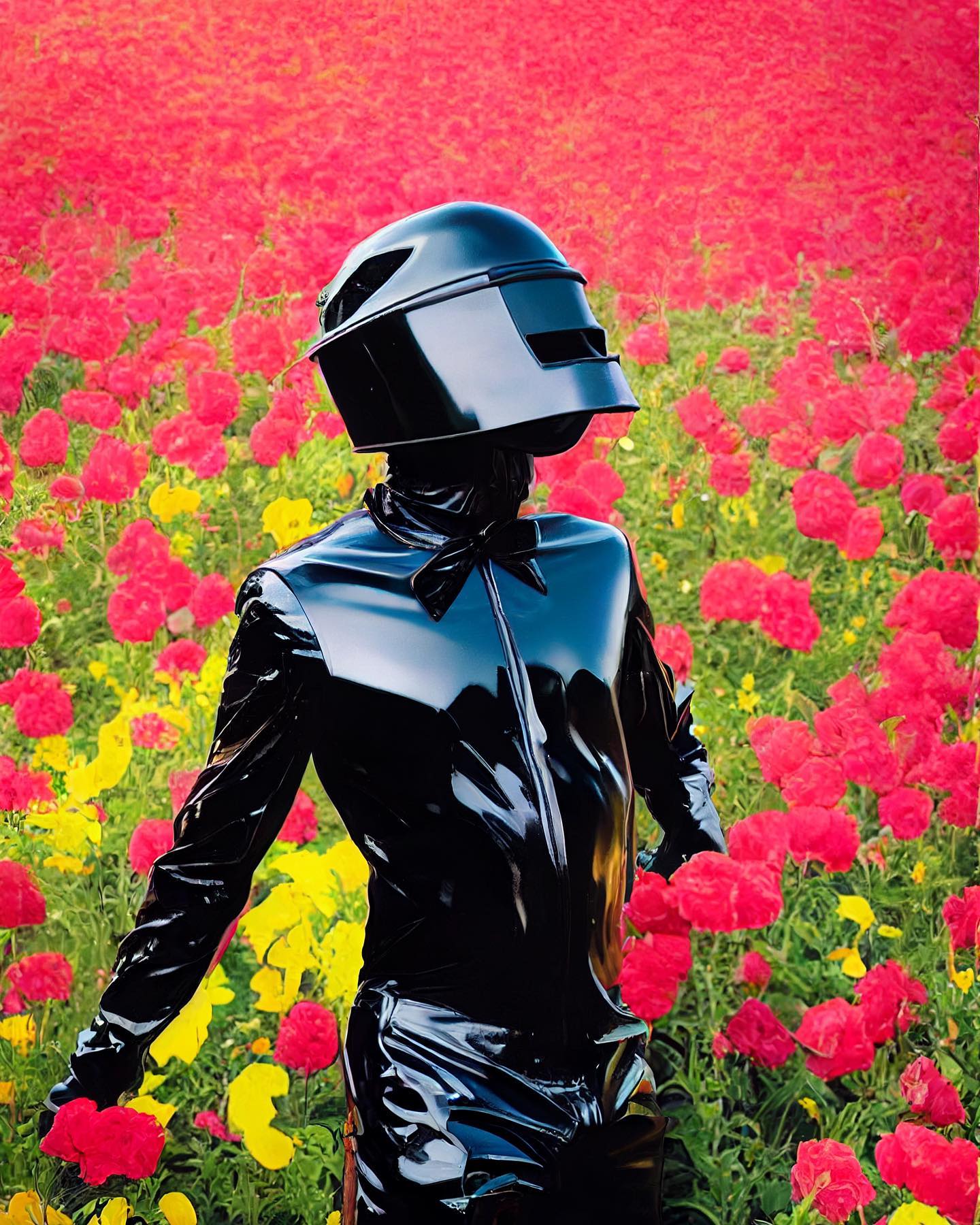
P: Can AI art be considered as a form of collaborative work between human and machine? Why or why not?
Petteri T: Determining an objective value for any artwork is difficult, and the increased use of AI tools could impact valuations. The art world has been defined as something done solely by humans for humans, with valuations driven by human appreciation. However, the value of AI-generated artwork can change with trends in appreciation and social signaling associated with it. Human appreciation of creative output tends to be ingrained with the idea of the artist or nerd as genius. Cyborg or machine-generated art is often perceived as having been created with little effort, but a transitory “humanwashing” period could reduce public aversion. In contrast, a superhuman medical AI system could be more valuable than any human clinician.
Computational creativity may attempt to define an objective metric for novelty/creativity, but if humans are the gold standard for evaluation, would the best artworks actually be the most appreciated by humans? As Turing said, “a sonnet written by a machine will be better appreciated by another machine.”
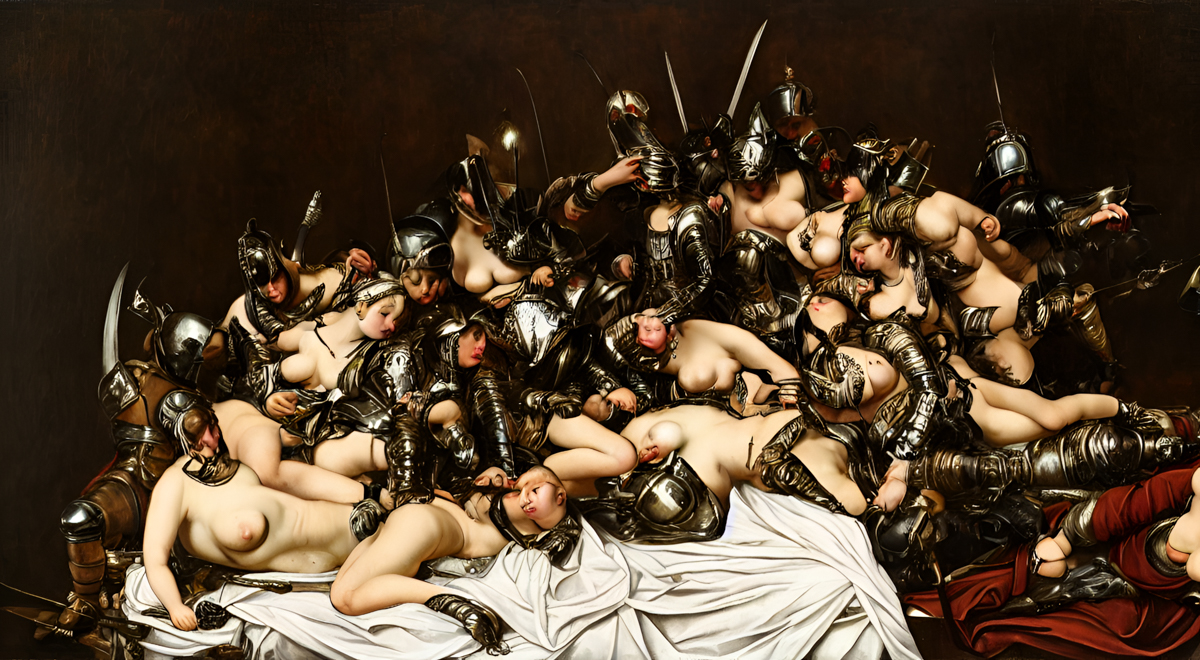
P: What’s your vision for the future of AI in the art world? How do you see it evolving in the next decade?
Matthieu Grambert: We are doomed. No but on a more serious note, it’s moving very fast but people have started to play / work with it, with for example the highest adoption rate for ChatGPT (100M users in 2 months, it took 9 months for Tiktok to do that). I often compare the impact of AI to Tiktok for short videos / entertainment and to Onlyfans / Twitter for porn, you will see creators from nowhere being able to go big. It’s making high- quality work more accessible to amateurs, one guy can become a photo video studio, even doing insane Hollywood level VFX in minutes. The bar for contents is going to get very high. We will discover new talents, new arts, mixed old arts with new ones, so it is going to be interesting to follow how things develops. Futuristic arts may develop with augmented/virtual reality.
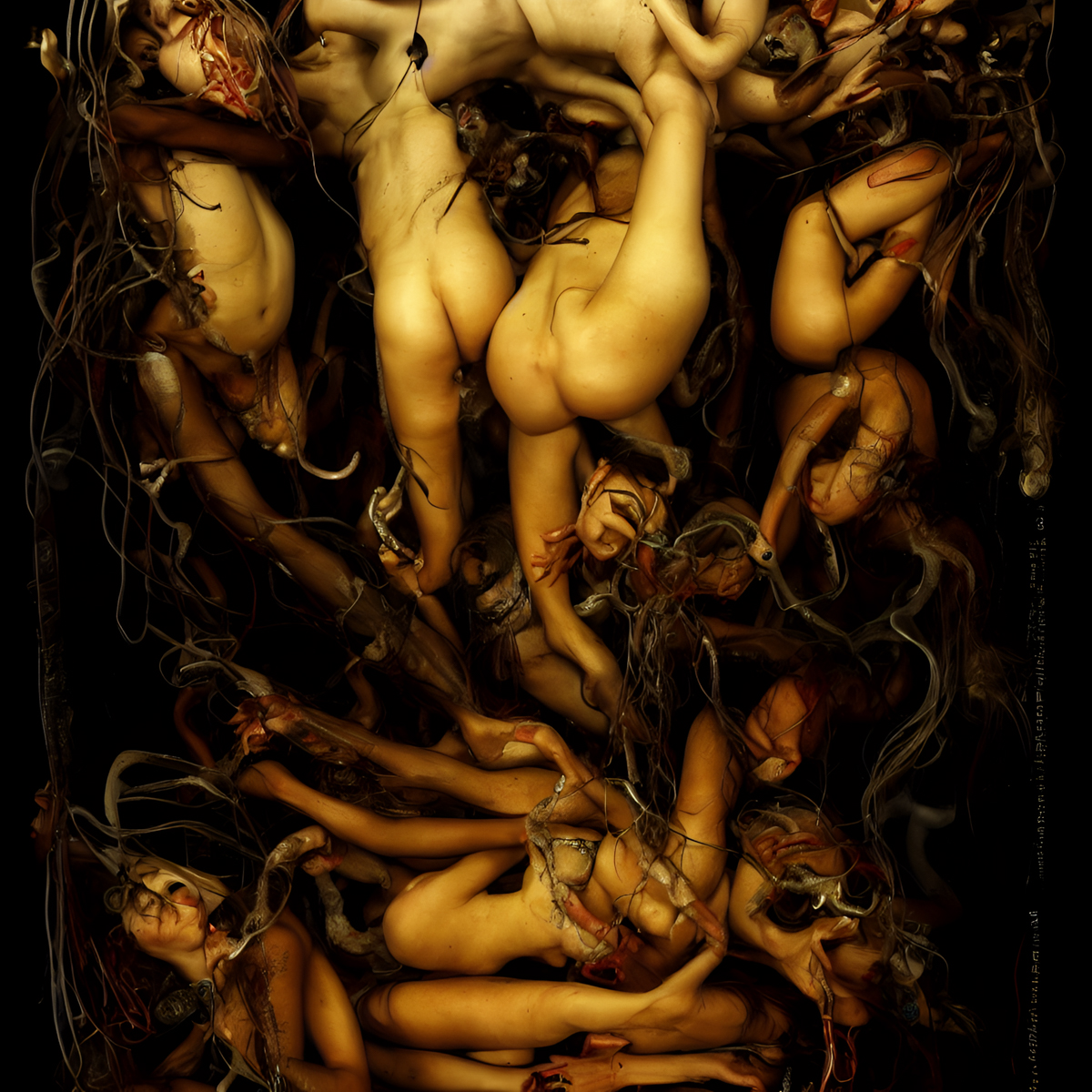
P: What’s your perspective on the ownership of AI-generated artwork? Should it belong to the machine that created it, the human artist who programmed the algorithm, or the person who purchased it?
Olia Svetlana: The issue seems quite simple to me: the ownership of the artwork belongs to the person who uses the tool. What would be really interesting to establish is whether we consider it legitimate or not to use image databases for neural network training whose intellectual property is at least uncertain, with all the consequences that follow. For example, is it necessary to ask individual artists for their consent? Should they receive a share of the profits (royalties)? Putting it this way highlights how the current conception of copyright is inadequate for such a complex media landscape, and above all how individual creatives are powerless in the face of market logic.
P: How would you respond to those who claim that AI-generated artwork is lacking in creativity due to its reliance on algorithms and pre-existing data?
Petteri T: The dependency on algorithms and pre-existing data does not necessarily make AI-generated artwork lack creativity. All creative activity involves mixing existing art for inspiration. It’s not useful to limit creativity to humans only, and legal recognition of algorithmic creativity may be necessary. Machine-generated art is not new, dating back to the 60s and 70s, and even earlier if you trace it back to Futurist dreams. Midjourney allows for stochasticity and high-dimensional latent space wandering, similar to pre-computer art analogies like action paintings, chance collages, and stochastic music.
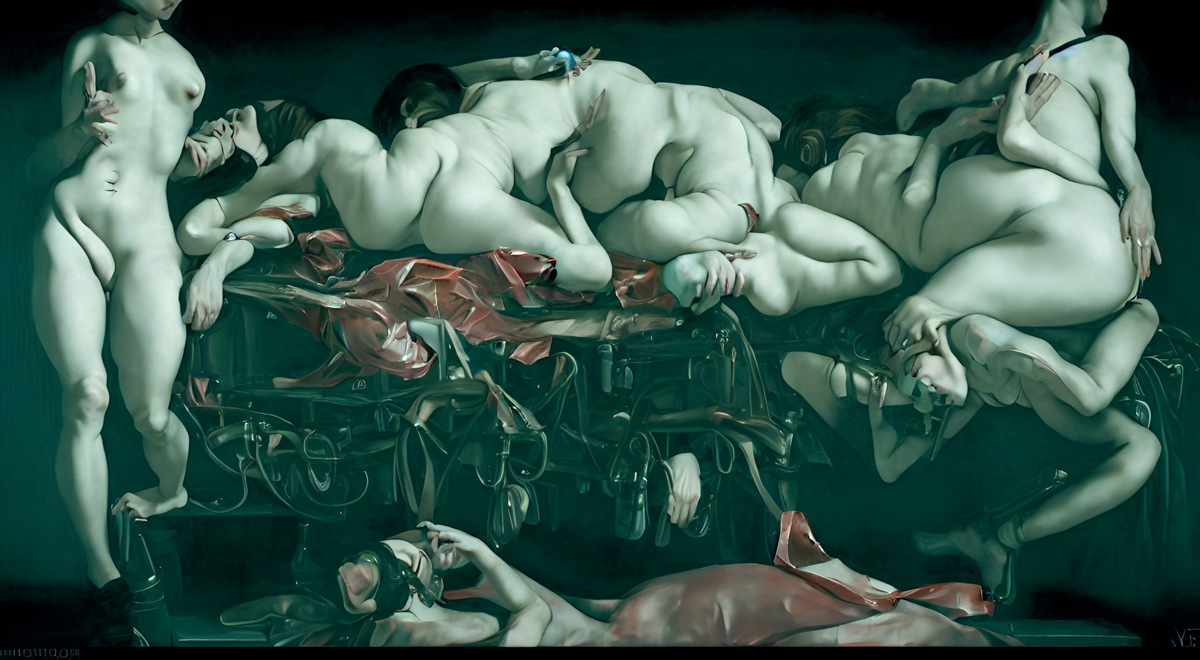
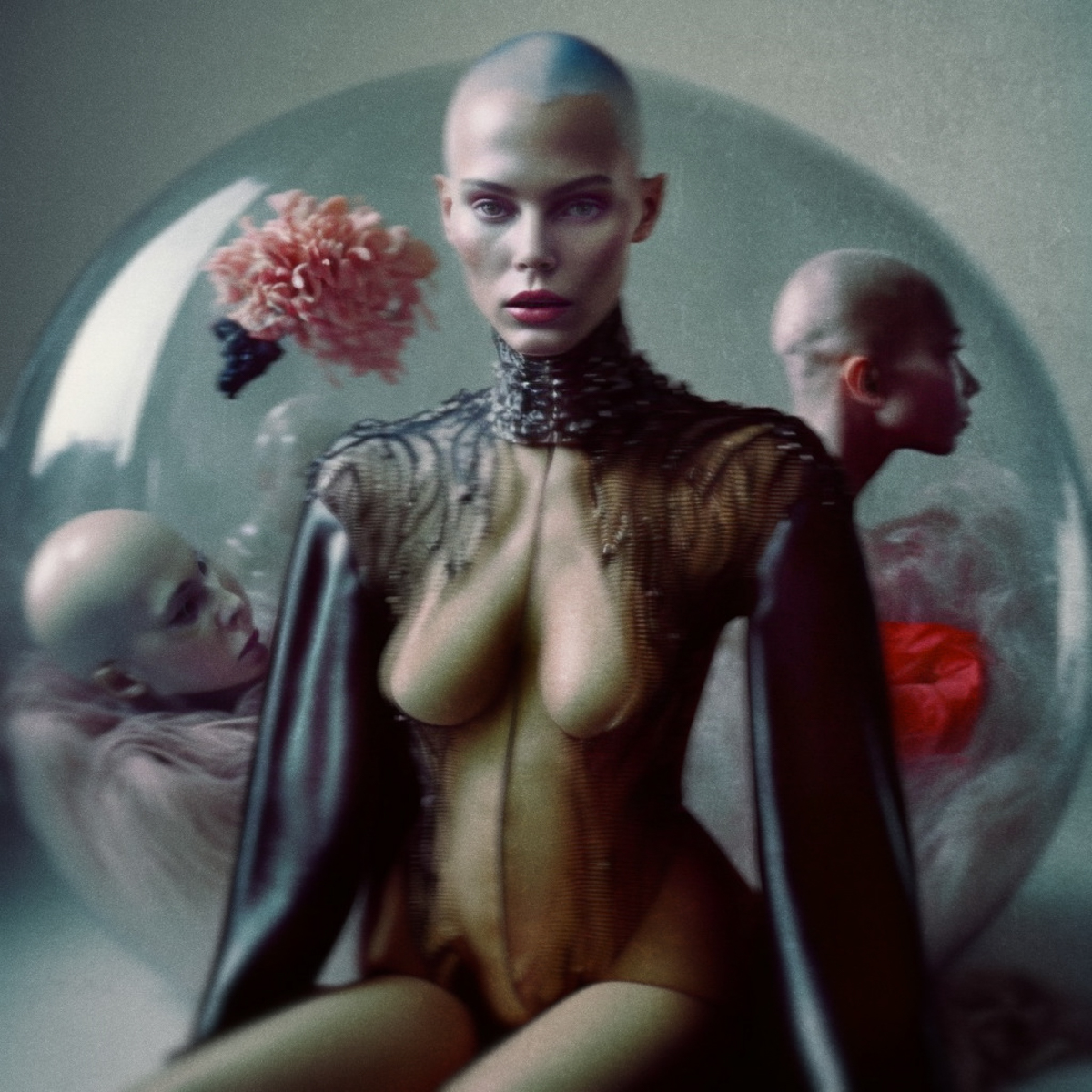
Leave a Reply